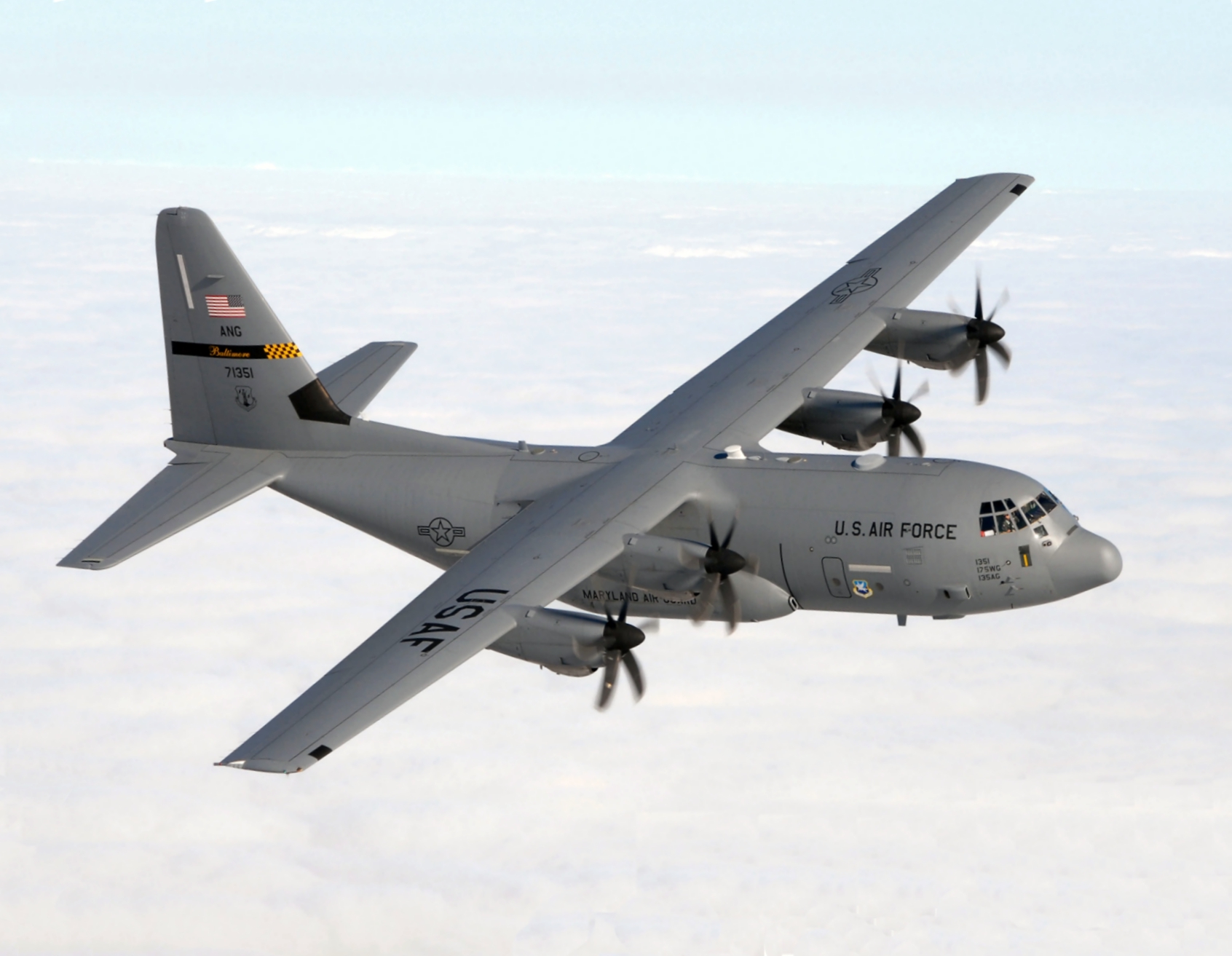This article is included in these additional categories: Australia & S. Pacific | Britain/U.K. | Contracts - Awards | Contracts - Intent | Contracts - Modifications | Engines - Aircraft | Europe - Other | Finmeccanica | FOCUS Articles | Force Structure | Forces - Marines | Forces - Special Ops | Helicopters & Rotary | Issues - Political | Leadership & People | Lobbying | Lockheed Martin | New Systems Tech | Official Reports | Partnerships & Consortia | Policy - Procurement | Procurement Innovations | Simulation & Training | Support & Maintenance | Support Functions - Other | Transport & Utility | USA
The C-130J: New Hercules & Old Bottlenecks

March 20/24: The Swiss Federal Office for Armaments (armasuisse) has started delivery of 22 decommissioned F-5E/F Tiger II fighter jets to the United States. The first aircraft was picked up by the United States Marine Corps (USMC) on March 18 from Emmen Air Force Station aboard a Lockheed KC-130J transport aircraft. The sale, finalized in 2020, encompasses 16 single-seat F-5E and 6 twin-seat F-5F variants, along with associated ground equipment, spare parts, and logistical support for in-country storage and preparation for transport to the U.S. The total value of the sale is estimated at $32.4 million.
If you are already a subscriber, login to your account.

One Source: Hundreds of programs; Thousands of links, photos, and analyses
DII brings a complete collection of articles with original reporting and research, and expert analyses of events to your desktop – no need for multiple modules, or complex subscriptions. All supporting documents, links, & appendices accompany each article.
Benefits
- Save time
- Eliminate your blind spots
- Get the big picture, quickly
- Keep up with the important facts
- Stay on top of your projects or your competitors
Features
- Coverage of procurement and doctrine issues
- Timeline of past and future program events
- Comprehensive links to other useful resources
Monthly
- Charged Monthly
- 1 User
Quarterly
- $150 Charged Each Quarter
- 1 User
Yearly
- $540 charged each year
- 1 User
2 years
- $840 Charged every other year
- 1 User
